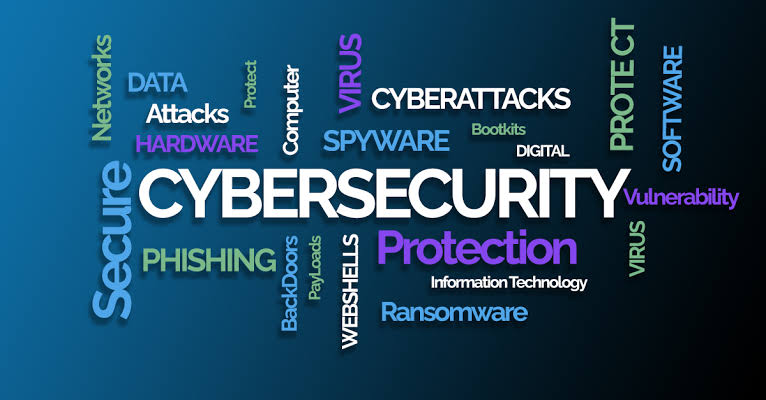Cybersecurity awareness has become one of the most critical issues of the modern digital age. With almost every aspect of life now tied to the internet and technology, individuals and organizations face growing threats from hackers, scammers, and cybercriminals. The frequency and complexity of cyberattacks are increasing, and they target not just big corporations but also small businesses, governments, and everyday internet users. Developing a clear understanding of cybersecurity awareness is no longer optional but essential to maintaining safety and trust online.
What Cybersecurity Awareness Means
Cybersecurity awareness refers to the knowledge and practices individuals adopt to protect themselves and their organizations from online threats. It is not limited to technical experts but is relevant to everyone who uses digital devices or engages with online platforms. Awareness involves recognizing potential risks, understanding how attackers operate, and knowing the steps to prevent cyber incidents.
The goal of cybersecurity awareness is to ensure that people become the first line of defense against attacks. While technology such as firewalls and antivirus software plays a significant role, human behavior often determines the effectiveness of security. Simple mistakes like clicking on a malicious link or using weak passwords can lead to data breaches or financial losses.
Common Cybersecurity Threats
To build awareness, one must first understand the most common cybersecurity threats. These include:
- Phishing: Fraudulent emails or messages designed to trick users into giving away sensitive information.
- Malware: Malicious software that can damage systems, steal data, or gain unauthorized access.
- Ransomware: A type of malware that locks users out of their data until a ransom is paid.
- Social engineering: Manipulating people into sharing confidential information.
- Identity theft: Stealing personal information to commit fraud or impersonate someone.
- Insider threats: Employees or trusted individuals misusing their access for malicious purposes.
By being aware of these threats, individuals can better identify warning signs and avoid falling victim to cyberattacks.
The Importance of Strong Passwords
One of the simplest yet most effective ways to improve cybersecurity is through strong password practices. Weak or reused passwords remain one of the biggest entry points for attackers. Creating strong, unique passwords for each account reduces the risk of unauthorized access.
Using password managers helps store and generate secure passwords, removing the burden of remembering multiple complex combinations. Multi-factor authentication (MFA) adds another layer of protection by requiring additional verification, such as a code sent to a mobile device. These simple steps dramatically improve security for individuals and organizations.
Safe Internet and Email Practices
Cybersecurity awareness also involves safe habits when browsing the internet or checking emails. Suspicious links, pop-ups, and attachments should always be treated with caution. Verifying the sender before clicking on a link can prevent phishing scams.
Avoiding unsecured websites, especially when entering personal information, is another key practice. Secure websites typically begin with HTTPS and display a lock icon in the browser. Awareness of these small details can prevent significant risks.
Protecting Personal Devices
Cybersecurity is not limited to large systems and corporate networks. Everyday devices like smartphones, tablets, and laptops can also be targets. Keeping software up to date ensures that vulnerabilities are patched before attackers can exploit them.
Installing reputable antivirus programs, enabling firewalls, and regularly backing up data are all part of responsible device management. Many users underestimate the importance of regular updates, but outdated software remains one of the easiest targets for cybercriminals.
Social Media and Information Sharing Risks
In today’s world, social media has become a key part of daily life. However, oversharing personal information on platforms can expose individuals to risks such as identity theft and scams. Attackers often use details shared online to craft personalized phishing attacks or to impersonate users.
Raising awareness about responsible social media use is vital. Limiting personal details, adjusting privacy settings, and being cautious about accepting unknown friend requests are all essential steps to reduce risks.
Cybersecurity in the Workplace
For organizations, cybersecurity awareness is especially critical. Employees often handle sensitive data, and one mistake can compromise an entire system. Training programs that educate staff about threats, safe practices, and company policies create a culture of security.
Businesses can also adopt regular simulations, such as phishing tests, to assess employees’ readiness and strengthen their defenses. A well-informed workforce significantly reduces the likelihood of a successful attack.
Building a Culture of Cybersecurity Awareness
Cybersecurity is not just about individual responsibility but about creating a collective culture of awareness. Families, schools, businesses, and governments all play a role in promoting safe online practices. Encouraging discussions about cybersecurity at home or at work helps reinforce its importance.
For organizations, making cybersecurity part of daily operations ensures that security is not treated as an afterthought. A culture of awareness makes people more proactive in reporting suspicious activities and more careful in their digital interactions.
The Future of Cybersecurity Awareness
As technology continues to advance, so do cyber threats. The rise of artificial intelligence, the Internet of Things (IoT), and remote working environments has created new challenges for cybersecurity. Awareness will need to evolve with these changes to stay effective.
Ongoing education, adaptation, and vigilance are necessary to keep up with the shifting landscape of cyber risks. By staying informed and adopting strong security habits, individuals and organizations can maintain resilience against future threats.
Conclusion
Cybersecurity awareness is a crucial part of modern life, protecting individuals, businesses, and entire communities from online threats. By understanding common risks, adopting safe practices, and building a culture of awareness, people can significantly reduce the chances of falling victim to cyberattacks.
The basics of cybersecurity awareness are not complex, but they require commitment and consistency. Strong passwords, cautious online behavior, device protection, and responsible information sharing all contribute to a safer digital world. Ultimately, awareness transforms users from potential targets into active defenders in the fight against cybercrime.



